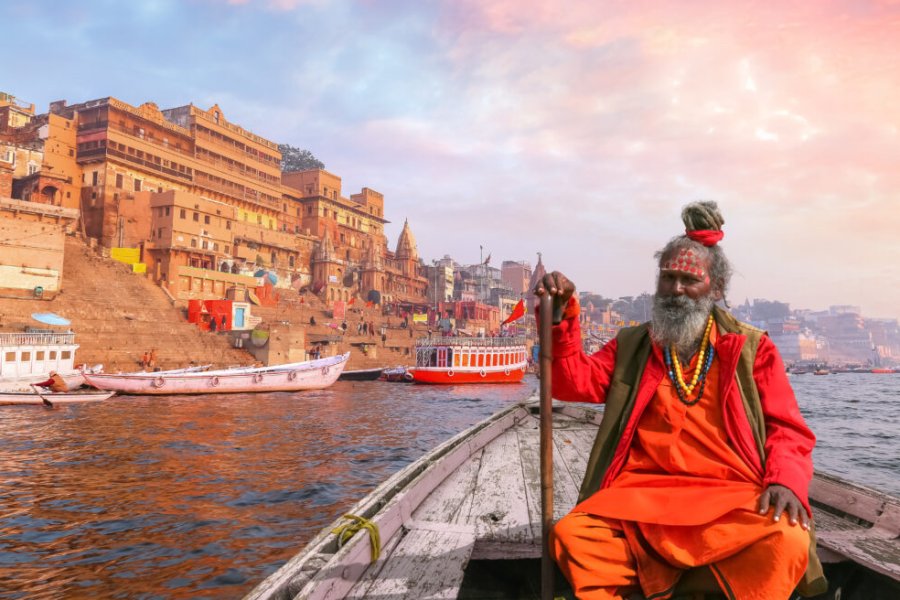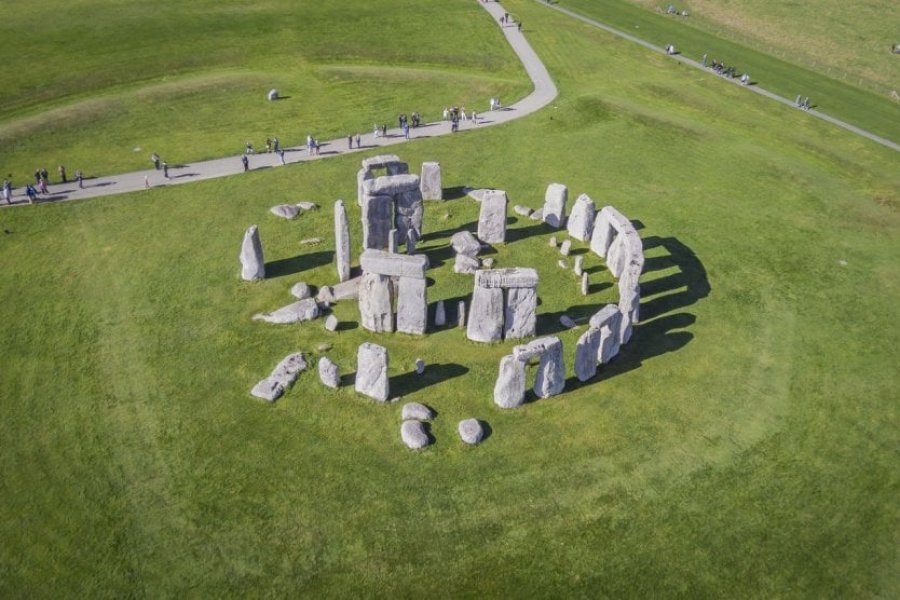Travel Guide Ajanta
Find an accommodation
Advertising
The Ajanta caves are a unique and precious testimony to the power of Buddhism in early India. These frescoes of inestimable historical and artistic value have earned the caves UNESCO World Heritage status. Hidden in the middle of a steep valley, the Ajanta caves were carved out of the rock so that the pious Buddhist monk could dwell there and pray in peace.In Ajanta, the murals illustrate events from the life of Prince Gautama Buddha, the founder of Buddhism. Most of the paintings belong to a purely Indian tradition, as they are found nowhere else. All these monuments were built during two distinct periods separated by a long gap of four centuries. The oldest are the products of the last centuries BC and belong to the Hinayana branch of Buddhism. The most recent belong to the second half of the 2nd century, when Mahayana Buddhism made its appearance. The site was chosen by monks in their quest for the perfect place for a spiritual retreat. An ancient prophet of the Upanishads said: "The ideal place for contemplation of the divine is a hidden cave protected from the wind, with an environment made favorable to the mind by the sound of water and not offensive to the eyes." The mountains of Ajanta had it all. What's more, the town was located on an important trade route leading to Pratisthana, the eastern capital of the Satavahana kings. It was here, Ananda told himself, that he could live, meditate and absorb the philosophy of Buddhism.
Suggested addresses Ajanta
Weather at the moment
Advertising
Organize your trip with our partners Ajanta
Transportation
Book your plane tickets
Car Rental
Boat rental
Accommodation & stays
Find a hotel
Holiday rental
Find your campsite
Tailor-made trip
Immersion travel
Services / On site
Activities & visits
Find a doctor
Ajanta travel inspiration
Find unique Stay Offers with our Partners
Featured articles Ajanta
Other destinations nearby Ajanta
100 km away





